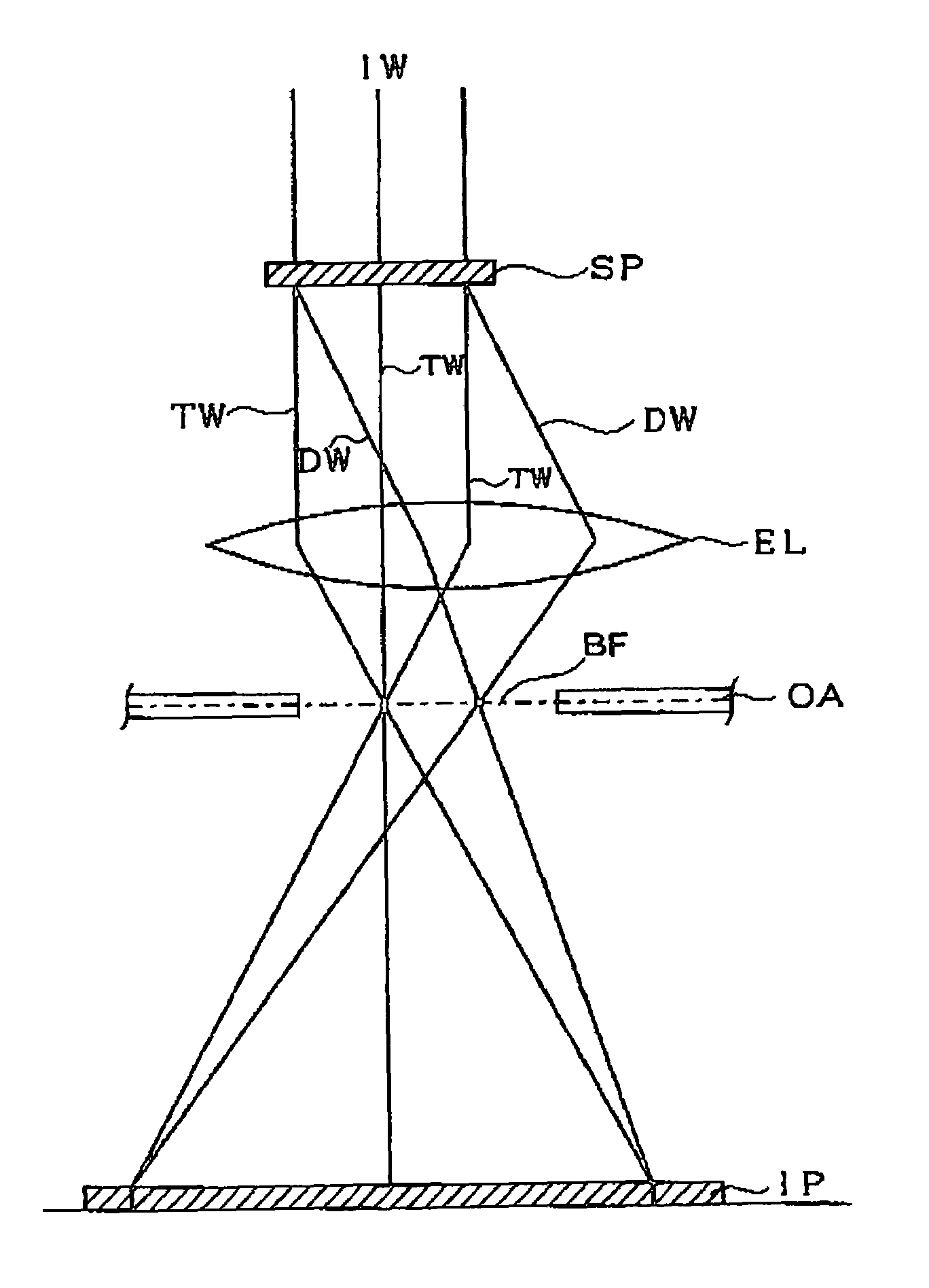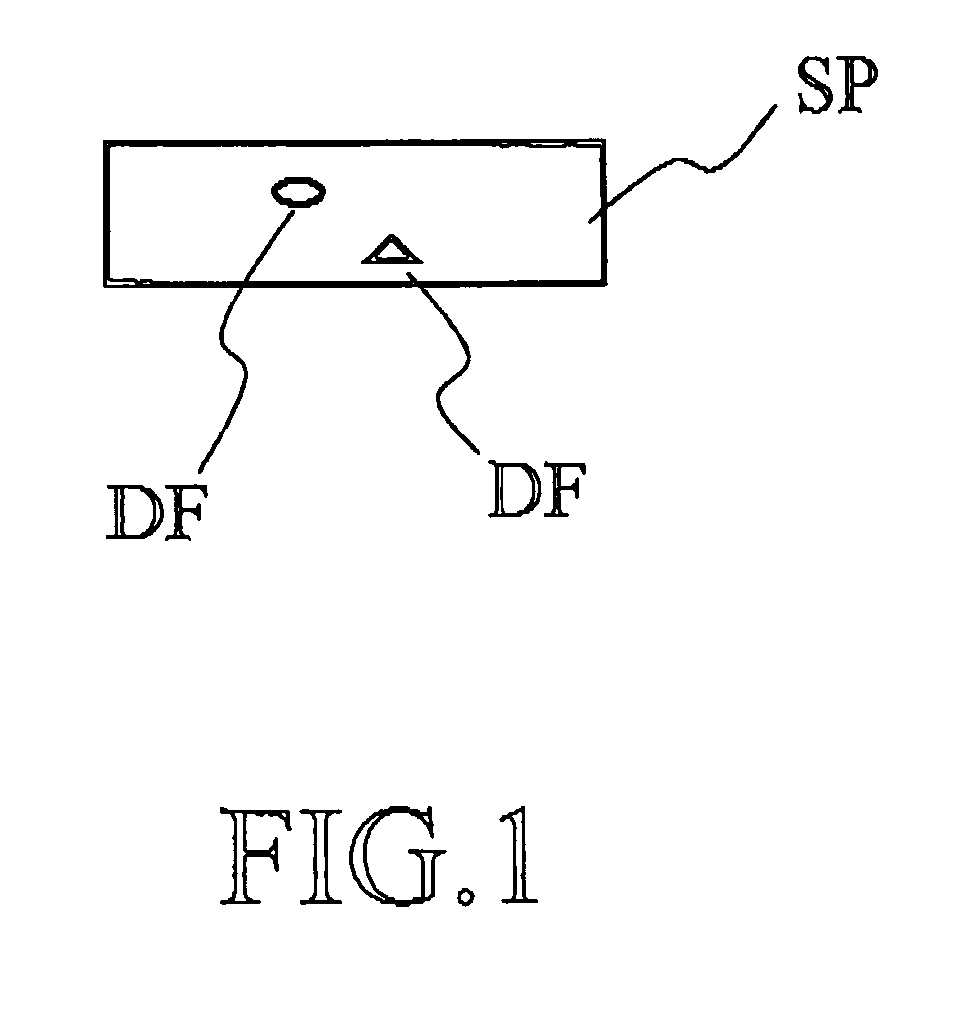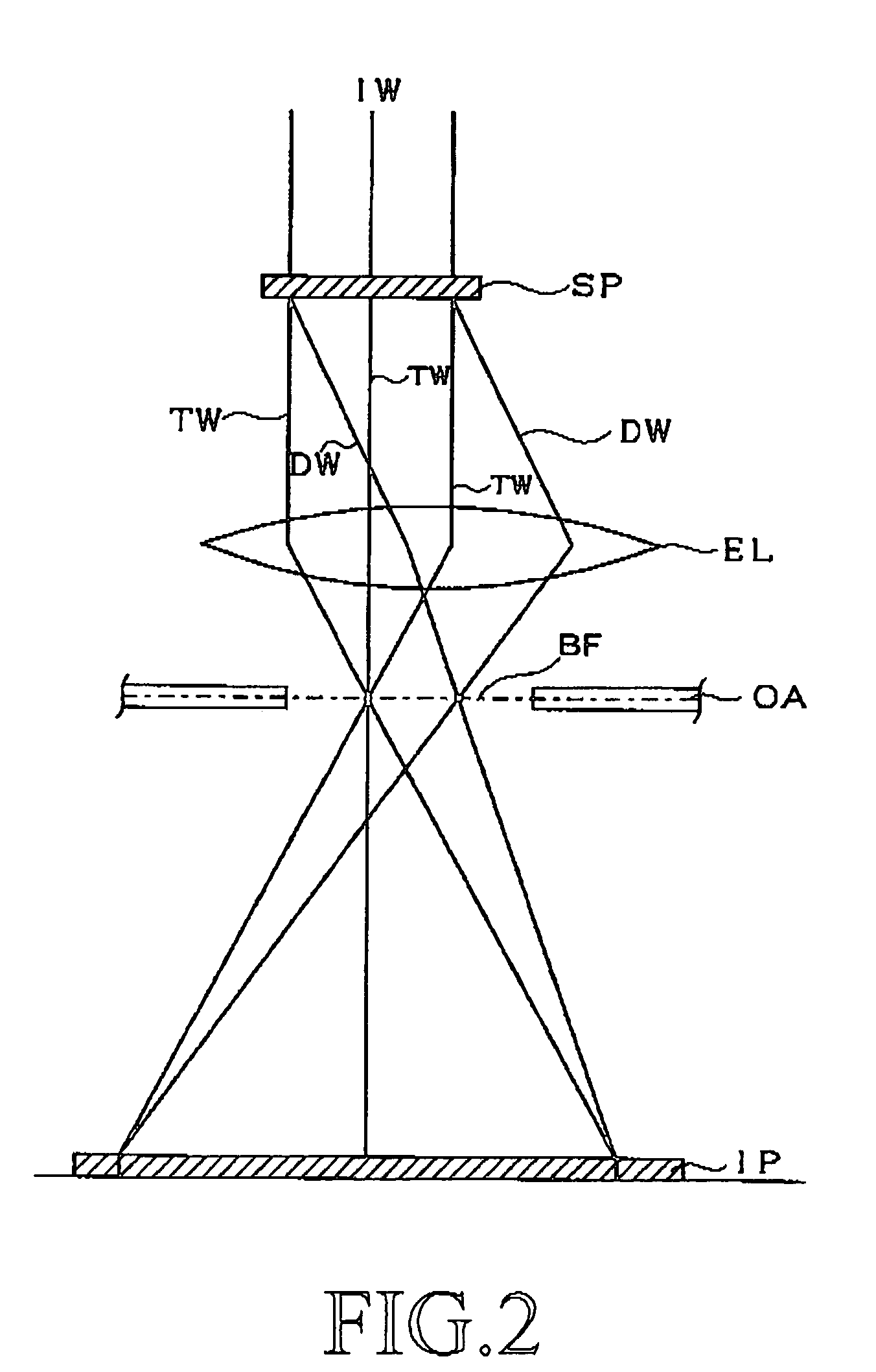Method of observation by transmission electron microscopy
ransmission electron technology, applied in the direction of individual semiconductor device testing, semiconductor/solid-state device testing/measurement, instruments, etc., can solve the problems of affecting the observation of defects or the like in the metallic section, affecting the distribution condition of defects in amorphous materials, and affecting the withstand voltage of device elements. , to achieve the effect of improving the withstand voltage reducing the sensitivity of the device element, and improving the sensitivity of the a transmission electron microscopy observation method of transmission electron microscopy observation method, transmission electron microscopy and transmission electron microscopy and transmission electron micro transmission electron microscopy and transmission electron microscopy, which is applied in the field which is applied in the field of transmission electron microscopy transmission field
- Summary
- Abstract
- Description
- Claims
- Application Information
AI Technical Summary
Benefits of technology
Problems solved by technology
Method used
Image
Examples
examples
[0072]The embodiment of the invention will be described in more detail referring to the examples.
first example
[0073]The TEM observation has been given to the respective materials for porous interlayer insulating films: a siloxane resin having the main structure of Si—O bond; a fluorine-laid silicon oxide (SiOF); and an organic polymer resin having an aromatic hydrocarbon structure.
[0074]The specimen for the TEM observation has been sliced to a wedge shape, and thinned to 200 nm or smaller thickness using focused ion beam (FIB). To prevent charge-up of the insulating film, the specimen may be coated by carbon (C) to thickness from several nanometers to several tens of nanometers. Nevertheless, an experiment conducted by the inventors of the present invention has shown that the insulating film which has been thinned to the above-described thickness range has not substantially shown deformation of the TEM image caused by the charge-up even without that kind of conductive coating, and that the observation has been conducted without problem.
[0075]When conducting the TEM observation, the size of ...
second example
[0079]As the Second example of the embodiment of the invention, observation has been given on a composite material having an amorphous material and a crystalline material.
[0080]FIG. 12 is a typical drawing of the cross sectional structure of a semiconductor integrated circuit device, observed in the Second example. The semiconductor device is a logic type device, and has a multilayer interconnection structure.
[0081]In the case of the semiconductor device, an N-well 12 and a P-well 13 are respectively formed on the surface of a silicon substrate 11, and a MOS transistor is formed on the respective surface layers thereof. The upper face of the transistor is covered with a first interlayer insulating film 20. Each of source, drain, and gate 14 of the transistor is provided with a silicide 15 as the electrode contact. The silicide 15 is connected with a first metallic interconnection layer 22 above thereof via a contact hole opened in the first interlayer insulating film 20 and via a bu...
PUM
| Property | Measurement | Unit |
|---|---|---|
| tilted angles | aaaaa | aaaaa |
| thickness | aaaaa | aaaaa |
| tilt angle | aaaaa | aaaaa |
Abstract
Description
Claims
Application Information
 Login to View More
Login to View More - R&D
- Intellectual Property
- Life Sciences
- Materials
- Tech Scout
- Unparalleled Data Quality
- Higher Quality Content
- 60% Fewer Hallucinations
Browse by: Latest US Patents, China's latest patents, Technical Efficacy Thesaurus, Application Domain, Technology Topic, Popular Technical Reports.
© 2025 PatSnap. All rights reserved.Legal|Privacy policy|Modern Slavery Act Transparency Statement|Sitemap|About US| Contact US: help@patsnap.com



